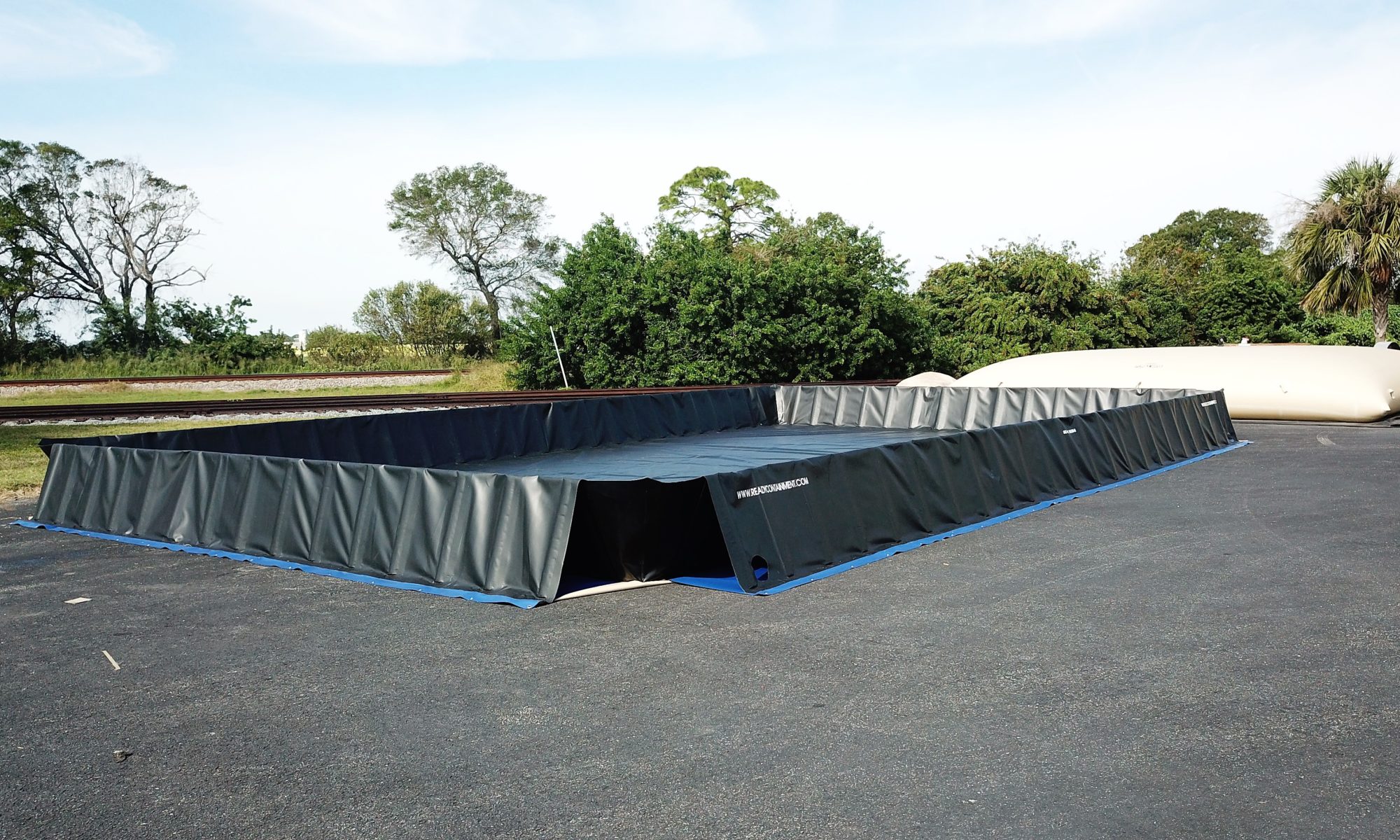The Spill Prevention, Control, and Countermeasure (SPCC) regulations focus on preventing the discharge of oil into navigable waters or adjoining shorelines. Within the context of the SPCC, proper secondary containment plays a pivotal role. While absorbents are also valuable tools in spill management, relying solely on them is not as effective or efficient as having a robust secondary containment system in place. Here’s why:
1. Proactive vs. Reactive Approach
- Secondary Containment: It’s a proactive measure. Having a secondary containment system means you’re prepared to contain spills immediately as they occur. This system acts as a safeguard, catching spills before they can spread.
- Absorbents: These are generally reactive tools. Once a spill has occurred, absorbents are then used to soak up and manage the spill, which means there’s a delay between the spill occurrence and its management.
2. Volume of Spill
- Secondary Containment: Designed to handle large volumes. Whether it’s a containment dike, a pallet, or a berm, these containment systems are created to handle the full volume of the primary container.
- Absorbents: Limited by capacity. Absorbents can only soak up a certain volume of oil, and for substantial spills, you’d require a significant amount of absorbent material, which might not be immediately available.
3. Cost Efficiency
- Secondary Containment: While there’s an upfront cost, it’s a one-time investment with occasional maintenance. Over time, especially if spills are frequent, secondary containment can be more cost-effective.
- Absorbents: Recurring costs. Every time there’s a spill, you’ll need more absorbent material. Over time, these costs can add up, especially when compared to a one-time investment in secondary containment.
4. Environmental Impact
- Secondary Containment: Directly prevents spills from reaching the environment, thereby reducing potential harm to ecosystems.
- Absorbents: They do help in cleaning up spills, but there’s always a risk of some oil escaping before the absorbent can be applied, especially in larger spills.
5. Ease of Cleanup
- Secondary Containment: Makes spill cleanup more straightforward. Once a spill is contained, it can be pumped or drained from the containment area for proper disposal or reuse.
- Absorbents: After soaking up the oil, the saturated absorbents themselves become waste that needs proper disposal, adding another layer to the cleanup process.
6. Regulatory Compliance
- Secondary Containment: Many regulatory bodies recommend or require secondary containment as a part of SPCC compliance because of its efficacy in preventing large-scale environmental contamination.
- Absorbents: While they can be a part of spill response plans, relying solely on absorbents might not meet regulatory standards for certain facilities or spill scenarios.
In Conclusion
While absorbents are an essential part of spill management and cleanup, secondary containment stands out as a superior preventive measure, especially within the SPCC framework. Implementing proper secondary containment not only aligns with the proactive spirit of SPCC but also offers a more efficient, cost-effective, and environmentally sound approach to spill management.
